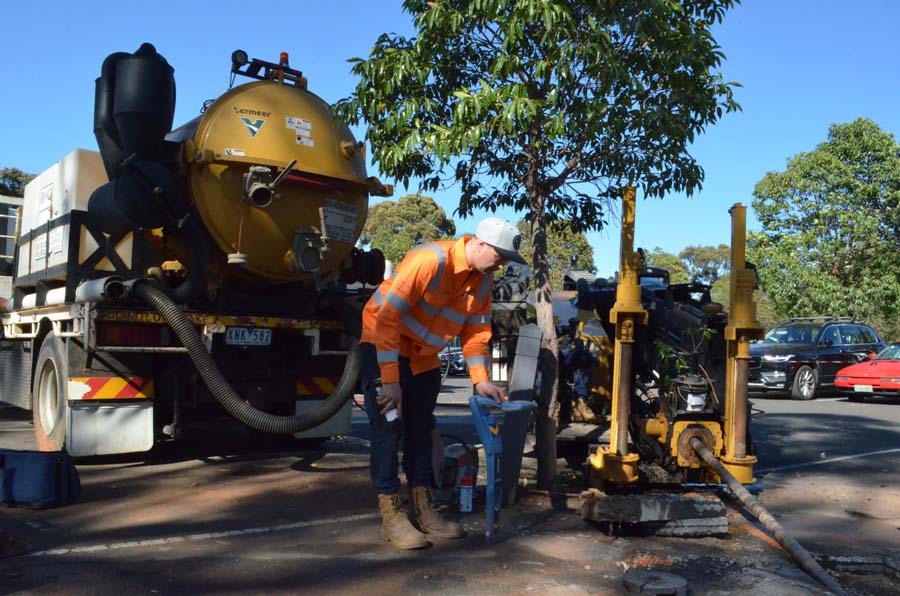Utility locating services are used to locate and mark underground utility lines and other infrastructure, such as gas, water, and electrical lines, prior to digging or construction.
At CSA Specialised Services, we understand the importance of accurately locating underground utilities. Our utility locating services are designed to detect, trace, and map underground pipes, gas lines, sewer assets, stormwater drains, telecommunications, electrical and more.
Our utility mapping team provides services to fit any requirements -from early planning to build surveys after construction. Our underground utility surveys use the latest mapping technology to provide a comprehensive survey of sites, regardless of size. By determining the location and condition of underground infrastructure, we can create a comprehensive report of a given area. This information allows us to confidently plan and execute work before and during excavation, minimising the risk of damage to vital underground infrastructure.
Every aspect of our work satisfies the requirements of the Australian Standard for Classification of Subsurface Utility Information (SUI), which is known as AS5488-2013.

